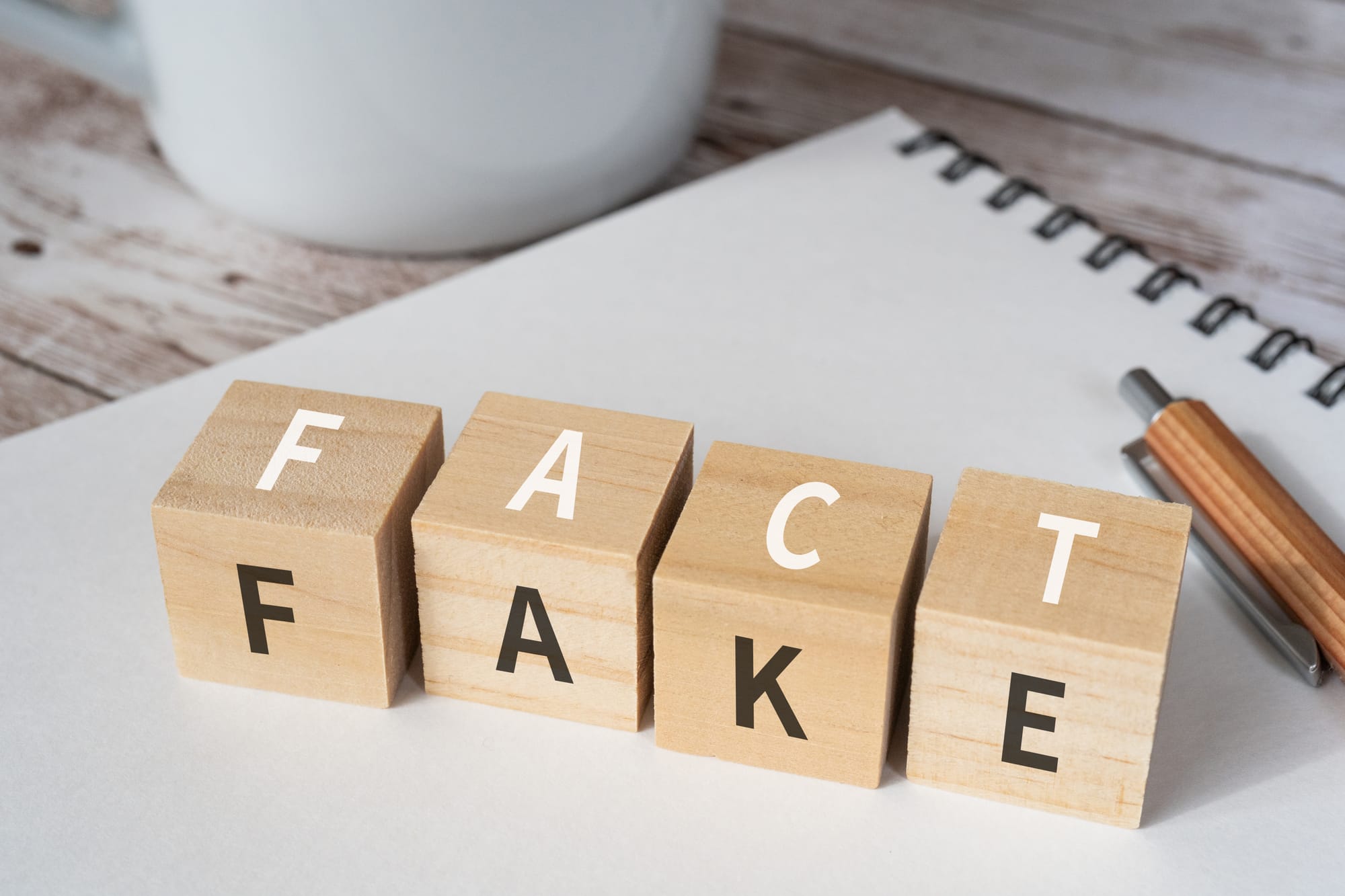Evaluating the Prevalence of Commercial Claims: Genuine Need or Strategic Tactic?

The Growing Trend of Commercial Claims
According to the Building and Construction Authority (BCA), over the medium term, Singapore's construction industry expects the total construction demand to reach an average of between S$39 billion and S$46 billion per year from 2026 to 2029, indicating a robust sector. However, with this growth comes an increase in the number of EOT and prolongation claims, or commercial claims. While specific statistics on the frequency of commercial claims are not readily available, industry experts have noted a significant uptick in such claims, particularly in large-scale public projects. This trend has raised concerns among employers and consultants about the potential overuse of EOT and prolongation provisions.
Legitimate Claims vs. Opportunistic Submissions
It's essential to distinguish between legitimate claims and opportunistic submissions. Legitimate claims arise from unforeseen events such as force majeure, late site possession, or changes in government regulations. However, some contractors have been observed to submit claims for events that could have been anticipated or mitigated, such as delays due to poor planning or resource allocation. A study on adjudication challenges in Singapore's construction industry by the 'World Journal of Advanced Research and Reviews' (2024) highlighted that a significant number of disputes arise from disagreements over the entitlement to EOT and the quantum of extensions. This indicates a potential misuse of EOT claims, leading to increased conflicts and strained relationships between contractors and employers.
Industry Implications
The overuse or misuse of claims can have several adverse effects on the construction industry:
- Increased Disputes: Frequent disagreements over such claims can lead to a rise in adjudications and arbitrations, straining the dispute resolution system.
- Strained Relationships: Continuous conflicts over claims can damage long-term relationships between contractors and employers, affecting future collaborations.
- Tighter Contractual Terms: Employers may respond to perceived abuses by imposing stricter contract terms, making it more challenging for contractors to secure fair extensions in the future.
Moving Forward: Balancing Protection and Accountability
To ensure that these provisions serve their intended purpose without being exploited, both contractors and employers must adopt a balanced approach:
- Clear Contractual Terms: Contracts should clearly define what constitutes a legitimate delay event and the documentation required to support time and cost claims.
- Timely Notifications: Contractors must promptly notify employers of potential delays, loss and expenses and provide regular updates on the status of the works.
- Independent Assessments: Engaging third-party experts to assess delay and quantum claims can provide an impartial perspective and reduce biases in decision-making.
- Training and Awareness: Both parties should invest in training programs to understand the nuances of these provisions and the implications of misuse.
Conclusion
Commercial claims are a vital component of construction contracts, providing contractors with protection against unforeseen delays. However, their misuse can lead to significant challenges within the industry. By fostering transparency, accountability, and collaboration, stakeholders can ensure that these provisions continue to serve their intended purpose without being exploited for strategic gain.